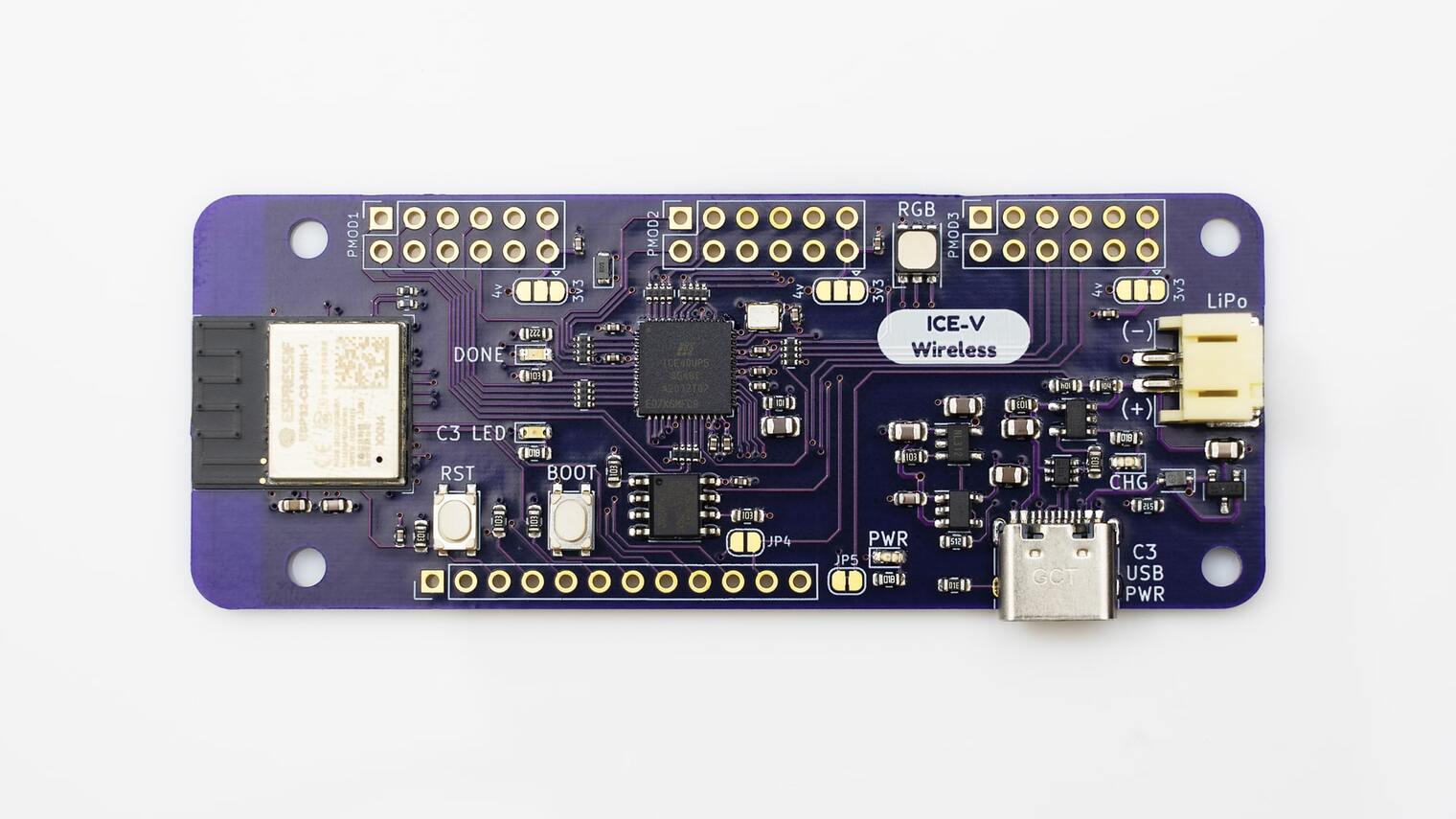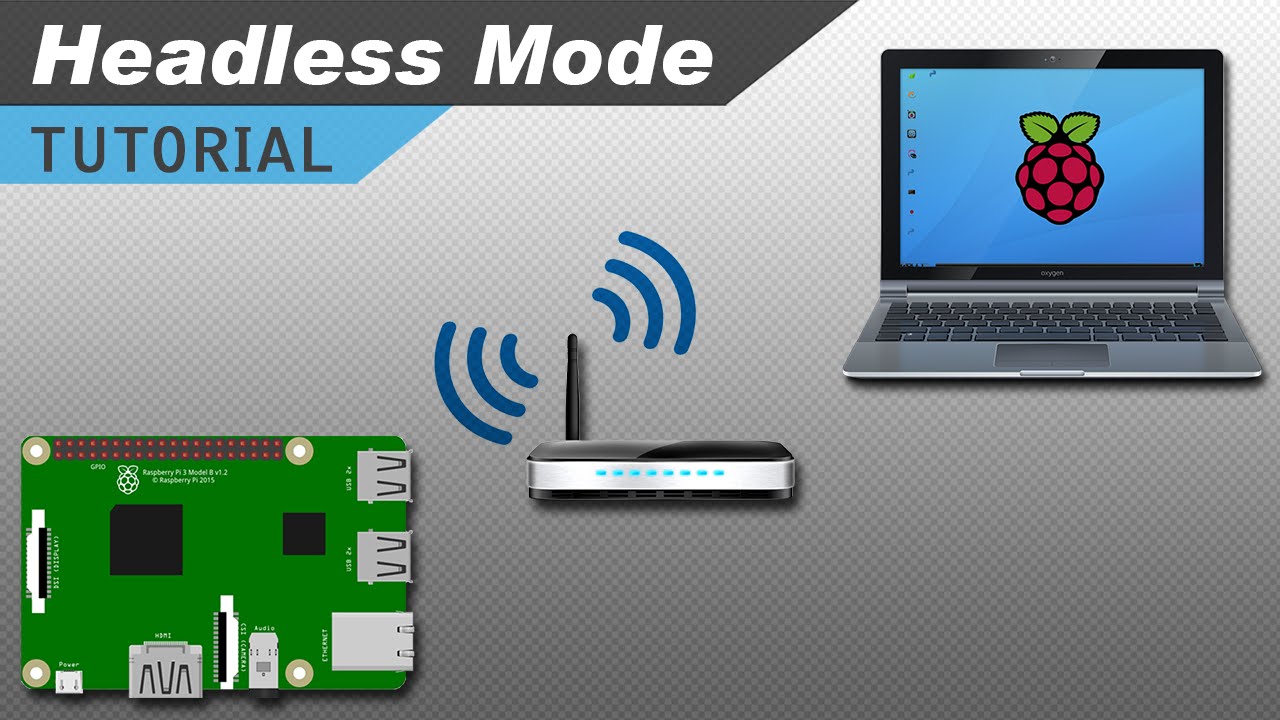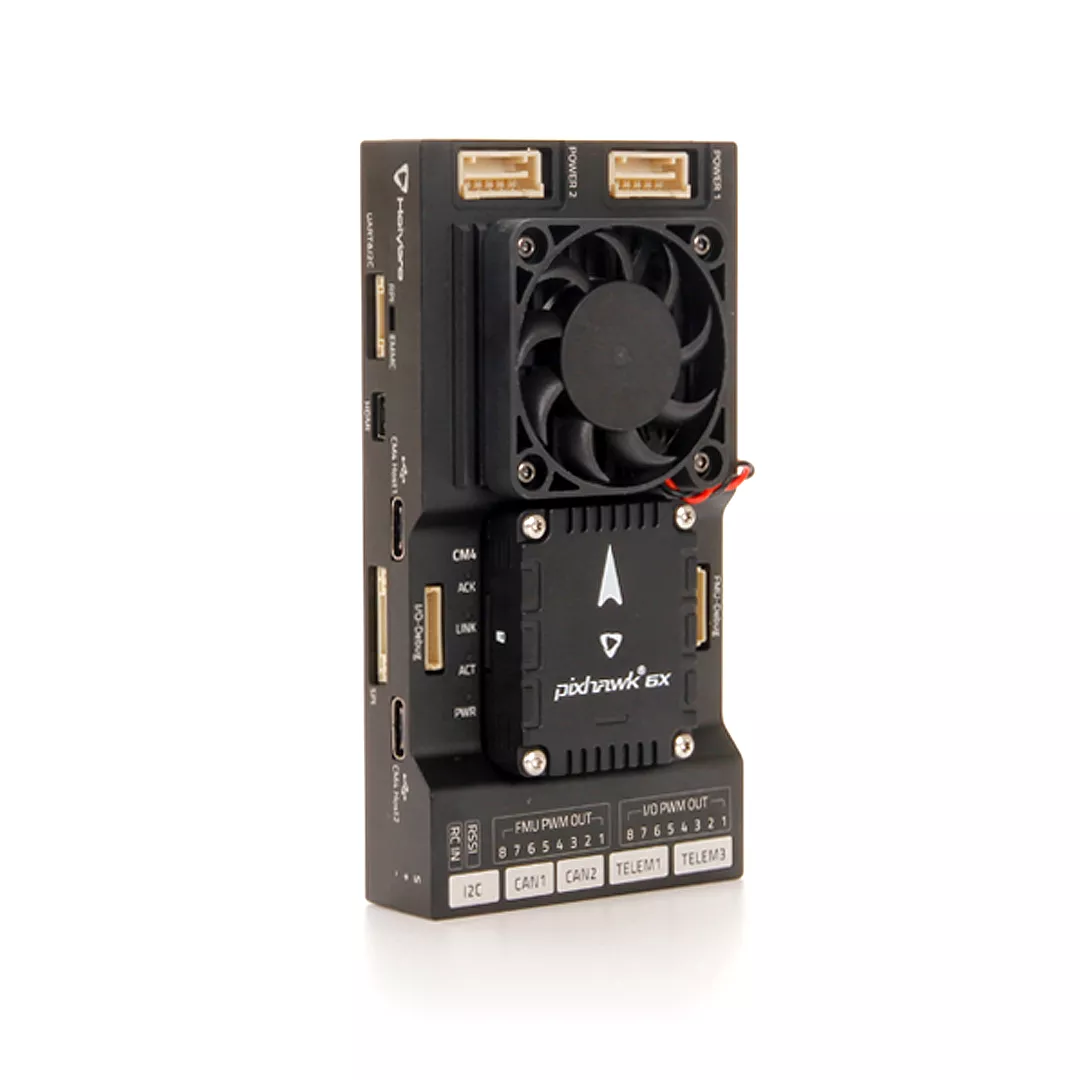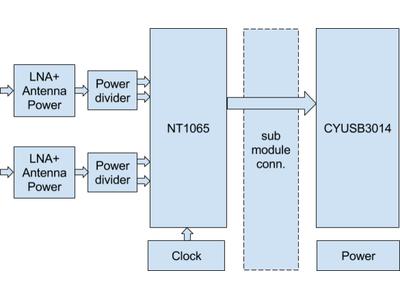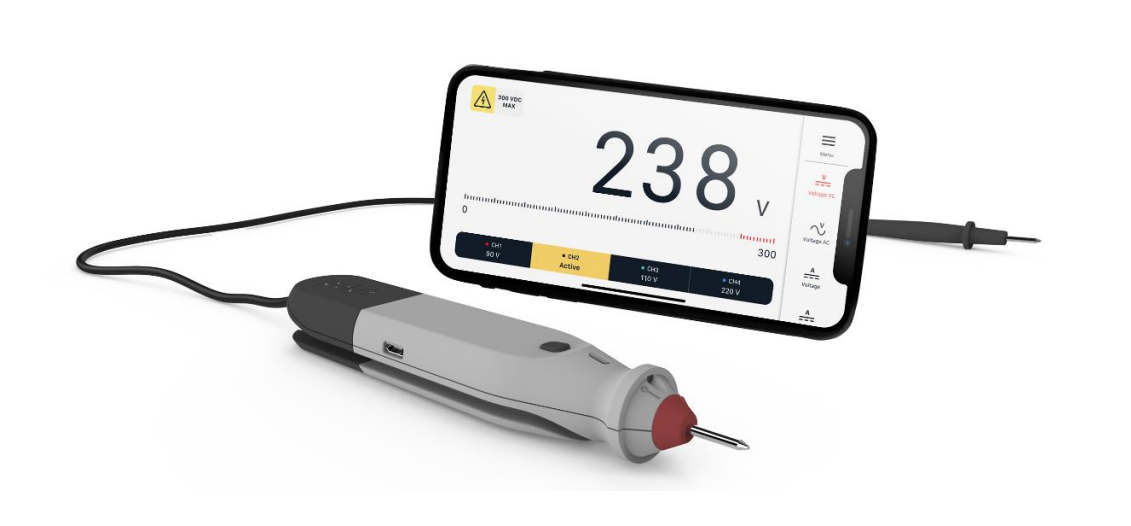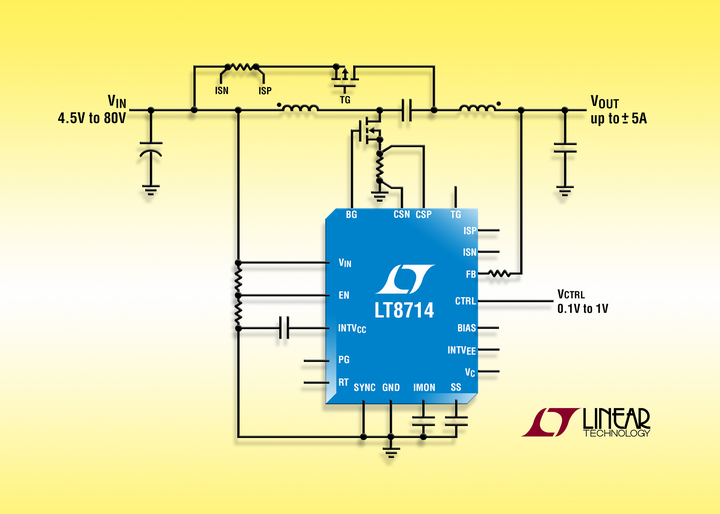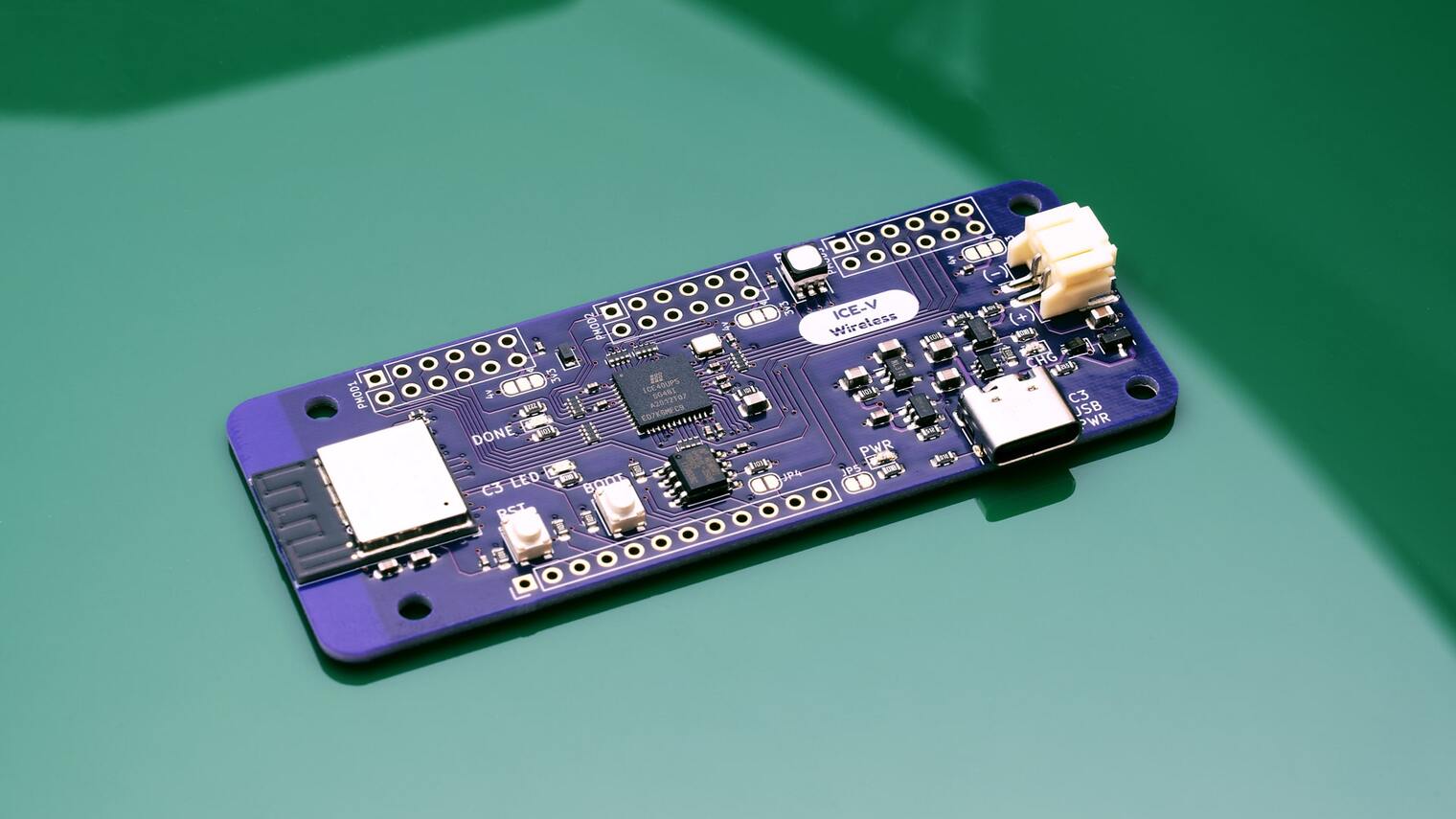
Qwerty Embedded Design crowdfunding ICE-V Wireless FPGA Development Board at $75.00
ICE-V wireless mini development board is currently active on GroupGets for community support, which features an ICE40UP5K FPGA and an ESP32-C3-MINI system on chip. The development board looks fairly similar to the Feather board, but there is no confirmation on the dimensions yet. The wireless interface driven by ESP32-C3 helps the hardware platform serve the growing demand for IoT use cases on an enterprise scale. The ESP32-C3 system-on-chip supports 2.4GHz Wi-Fi along with Bluetooth 5.0 powered by a RISC-V single-core microprocessor.
As mentioned earlier, the ICE-V wireless development board has the combined power of ICE40UP5K and ESP32-C3 SoC to deliver high computing performance in a small form factor. The interesting thing about ESP32-C3-MINI-1 is that it has an onboard PCB antenna. The general-purpose wireless connectivity module, ESP32-C3, has a rich set of peripherals making it an ideal choice for smart homes, industrial automation, healthcare, consumer electronics, etc.
Inside the ESP32-C3 system-on-chip is the ESP32-C3FN4 embedded 32-bit RISC-V single-core processor clocked up to a frequency of 160MHz and integrated 400kB memory and 384kB storage along with 4MB embedded flash. The key highlight of the SoC is the wireless connectivity, which includes support for Wi-Fi IEEE802.11b/g/n with simultaneous support for Infrastructure BSS in Station mode, SoftAP mode, Station + SoftAP mode, and promiscuous mode. Also comes Bluetooth Low Energy connectivity with speeds of 125 Kbps, 500 Kbps, 1 Mbps, 2 Mbps.
The other computing performance is delivered by the Lattice Semiconductor iCE40 ultra-low-power FPGA module for mobile applications, such as smartphones, tablets and hand-held devices. The flexible logic architecture features 5280 logic cells, offered in WLCS and QFN packages. The ultra-low power device has advanced 40nm low power process technology to deliver as low as 100µA standby current. The hardware includes integrated SPI and I2C blocks for interfacing with mobile sensors and application processors.
On the software side, the manufacturers, Qwerty Embedded Design, put out an update that the firmware development has been progressing well with over 65% funding reached. Eric, an engineer at Qwerty Embedded Design, was able to get the MicroPython port up and running on ESP32-C3 and has a script for flashing the FPGA. The GitHub repository has more details on the ICE-V-Micropython and how to get it working. If you are interested in supporting the project, head to the crowdfunding project page for more details.





